 Garden Corner - The Vietnamese Blue Bell Tree (Desmodium... | Facebook
Garden Corner - The Vietnamese Blue Bell Tree (Desmodium... | FacebookPaulownia Planteo, Care and Cutting Paulownia (Blue Bell Tree) Planting, Care and CuttingOriginThe house of the blue bell tree (Paulownia tomentosa) is China, its main distribution is in the provinces of Hupeh, Kiangsi and Honan. It was introduced early as an ornamental and forest tree in Japan and it has been established there on some islands as a neophyte in the wild. In the south of the United States, also, sometimes wild seedlings of Paulownia can be found in rudimentary areas of the inner city. However, it does not like the coolest climate in rural regions. Paulownia arrived in Europe in the first half of the nineteenth century through the doctor and botanist of Bavaria Philipp Franz von Siebold. He was a military physician at the service of the Dutch East India Company. In this capacity, the passionate naturalist travelled to countries in East Asia and lived for several years in Japan, among others. Here he discovered the Paulownia or the blue bell tree, as well as other plants. He introduced her to Europe through the acclimatization garden in Leiden, the Netherlands, which had been specially created for her comprehensive collection of Asian plants. Siebold named the blue bell tree after Anna Paulowna, the daughter of the Russian Tsar Paul I.. He was the queen of the Netherlands from 1840 to 1849 as the wife of William II. That's why the blue bell tree is still called "The Princess Tree" or "Engineer Tree" in English-speaking countries. Following its botanical name of the genus, the German name Paulownie is also common, but here in the USA we use the name Paulownia.if(type of __ez_fad_position != 'undefinite'){_ez_fad_position('div-gpt-ad-mygardenguide_com-large-leaderboard-2-0')};In Japan, the blue tree is It grows very quickly and provides a light and easy to process wood that is still very hard and durable. It has a very low thermal conductivity and therefore it is also interesting for thermal insulation, building of windows and interior finish of houses. There have been experimental plots in the United States for several years where the suitability of Paulownia for forest purposes is being investigated. growth Paulownia generally grows as a single tree and reaches growth heights and widths of 12 to 15 meters in the climate of soft wine growth. The crowns are slightly constructed, rounded and weakly branched. The shoots are noticeably thick, appear somewhat rigid and have a green olive to the light grey-red bark. Since the scores of the session do not mature in our latitudes and usually freeze in winter, almost every session ends with a fork. Of both fork discs, one usually grows significantly stronger than the other. Young trees in particular grow very quickly – annual shoots of more than one meter in length are not rare and the trunk also grows very quickly in size. It also forms a light grey bark after just a few years. Subsequently, the growth rate decreases to about 40 centimeters per year. The leaves spring relatively late in spring. They are opposed to the green vertebrates and deciduos. The leaf surfaces are in the form of a heart, gluing to a point and some have two to four side lobes very weakly indicated. They have a clear bronze tone in the shoot that disappears quickly. A single sheet can be up to 40 centimeters long and 30 centimeters wide. The surfaces are light green and hairy, the interior feels grey. The blue bell tree leaves its leaves very late in autumn and without autumn coloring. yes(type of __ez_fad_position != 'undefinite'){_ez_fad_position('div-gpt-ad-mygardenguide_com-banner-1-0')};Flowering The blue bell tree blooms for the first time after six to ten years. It forms its flower buds in the previous year and opens them from the end of April to the end of May. The blue-violet flower bells are kept in vertical panics of up to 30 centimeters long and remember the fox flowers. Exude a light smell. Reliable flowering is only possible in the mild wine growing climate. In colder regions with more severe winters and late frosts, flower buds often freeze to death. Fruit fruit The flowers produce capsule fruits of gray nut size, which are filled with countless seeds of dust. Even after the opening, some of the fruit peels remain attached to the tree well in the winter. yes(type of __ez_fad_position != 'undefinite'){_ez_fad_position('div-gpt-ad-mygardenguide_com-box-4-0')};LocationPaulownia needs a sunny and warm place in the garden. Pay special attention to the good protection against the Eastern cold winds. Paulownia soil does not make great demands on the ground. The tree that loves the lime grows on all soils moderately dry to fresh, slightly acidic to alkaline, which should be permeable and not too humid. Wet soils rich in nutrients do not allow the buds to liign in time.if(type of __ez_fad_position != 'undefinite'){_ez_fad_position('div-gpt-ad-mygardenguide_com-leader-2-0')};plantation Plan your bell tree or Paulownia best in spring so that it can grow well in the first winter. Heavy soils must be loosened and drained with sand and humus.care Paulownia does not need any special care. It also faces dry summers after rooting and regular fertilization is not necessary. It often even has negative effects, because the outbreaks become fragile if the nitrogen supply is too good and are more sensitive to frost in winter. Cuttingif(type of __ez_fad_position != 'undefinite'){__ez_fad_position('div-gpt-ad-mygardenguide_com-leader-1-0')};If you want to raise a young blue bell tree to a tall trunk, you should cut one of the two fork buds in time when the end of the session is frozen, and guide the other batch. The finished high trunks do not need a regular cut, but also here it is recommended to cut one of the two fork discs at least in the main branches of frozen gunpoints in spring. Winter protection Small and newly planted Paulownias should be protected by fir branches and a layer of multiple leaves in climate-friendly places. For larger specimens, a trunk cuff is recommended in autumn against frosts. UsePaulownia is a very expressive wood. It should always be planted individually to ensure that its beauty is fully appreciated. It is quite resistant to heat and dryness and therefore it is also suitable as a road tree and parking for places of the inner city. Under his loose crown, even perennial in need of light grow fairly well. Propagation The blue bell tree can be propagated by the sowing and cutting of wood. The cut wood variant is the most suitable propagation method for amateur gardeners, as winter cuts grow very reliable and without any problem and only some plants are necessary for their own needs anyway. It also saves one to two years of cultivation compared to seed cultivation. You use the annual shoots as stick wood material and cut about 20 to 30 centimeters long in early winter after the leaves have fallen, that each should have a pair of eyes on the top and bottom. Then insert them vertically into well-floored garden floor so that the upper pair of eyes protrude only a few centimeters of the ground. In the course of the form of spring roots and both eyes shoot. Now remove one of the two buds and lead the other vertically on a bamboo stick. The next spring you can transplant the young trees to their intended location. Diseases and pests Paulownia is one of the few trees that almost never have problems with plant diseases and pests.if(type of __ez_fad_position != 'undefinite'){_ez_fad_position('div-gpt-ad-mygardenguide_com-large-mobile-banner-1-0')}; I am, one of the authors in My Garden Guide. I am a horticulturist who cultivates, grows and cares for plants, ranging from bushes and fruits to flowers. I do it in my own garden and in my nursery. I show you how to take care of your garden and how to garden in an easy way, step by step. I'm originally from Sydney and I wrote in local magazines. Later, I decided, more than two decades ago to create my own blog. My area of specialization is related to the care of orchid, succulent care, and the study of the substrate and soil Therefore, you will see many articles dedicated to these disciplines I also give you advice on how to improve the landscape design of your garden I am one of the authors of My Garden Guide. I am a horticulturist who cultivates, grows and cares for plants, ranging from bushes and fruits to flowers. I do it in my own garden and in my nursery. I show you how to take care of your garden and how to garden in an easy way, step by step. I'm originally from Sydney and I wrote in local magazines. Later, I decided, more than two decades ago to create my own blog. My area of specialization is related to the care of orchid, succulent care and the study of the substrate and soil Therefore, you will see many articles dedicated to these disciplines I will also provide you with tips on how to improve landscape design in your garden 2 thoughts on "Paulownia (Blue bell tree) Planting, Care and Cutting" My 2 well-established princes Trees have not left halfway to the tip of the tree, and the bark or branches seem to be brown, We had two hard frosts in the spring when the license began to spring. Few lower branches had produced leaves. Will the rest of the tree come back? Or do I need to take it out or cut it out? I love trees and hate to do that..any help will be appreciated. I live in Texas Panhandle area 7 , Yellow Tx. Tks Mr MosherMi 2 well established princes The trees have not left halfway to the tip of the tree, and the bark or branches seem to be brown, We had two hard frosts in the spring when the license began to sprout. Few lower branches had produced leaves. Will the rest of the tree come back? Or do I need to take it out or cut it out? I love trees and hate to do that..any help will be appreciated. I live in Texas Panhandle area 7 , Yellow Tx. Tks Mr Mosher Reply Your email address will not be published. Required fields are marked *Comment Name * Email * Save my name and email in this browser for the next time you comment. Recent Posts Pin Oak Tree (Quercus palustris) The oak pine (Quercus palustris) is a plant of the genus of oaks in the family of beech plants (Fagaceae). In temperate latitudes...Loropetalum: Planting and Care Loropetalum are intense red flowers (6). They have eye-catching dark brown leaves (5). The long flowering period of the loropetalum (4) makes it a beautiful addition to... MY GARDEN GUIDE AND Landscaping MY GARDEN GUIDE (type of __ez_fad_position != 'undefinite'){_ez_fad_position('div-gpt-ad-mygardenguide_com-large-billboard-2-0')};report this GUIDE GARDEN adMY
Related BlueHolles Flowers

The Vietnamese blue bell bonsai... - The Pot Tree Outlet | Facebook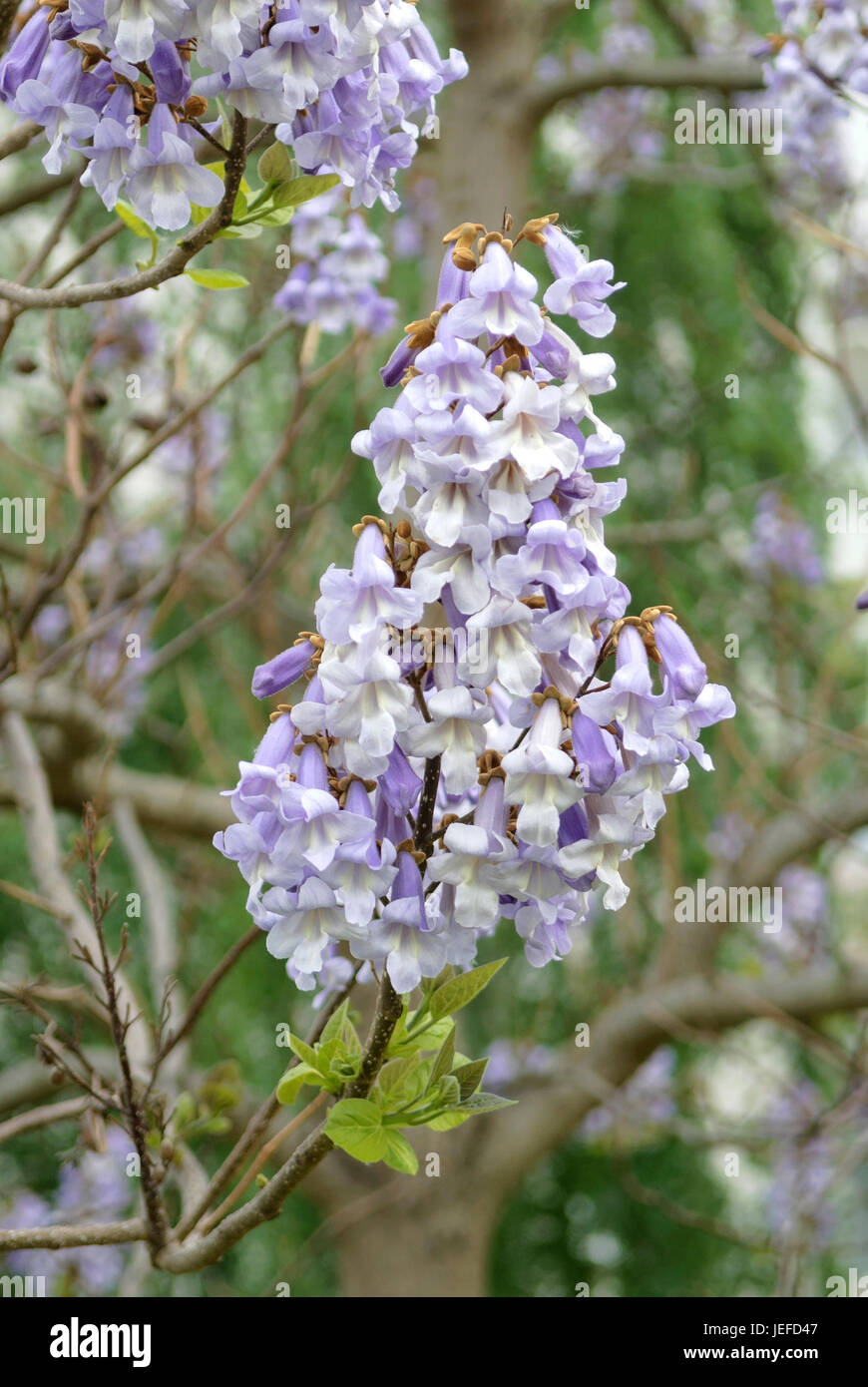
Blue Bell Tree High Resolution Stock Photography and Images - Alamy
The Vietnamese blue bell bonsai... - The Pot Tree Outlet | Facebook
Garden Corner - The Vietnamese Blue Bell Tree (Desmodium... | Facebook
The Bluebell Tree (Paulownia Tomentosa) Stock Photo, Picture And Royalty Free Image. Image 123741825.
Bluebell Tree Paulownia Tomentosa Stock Photo (Edit Now) 1408590044
The Bluebell Tree (Paulownia Tomentosa) Stock Photo, Picture And Royalty Free Image. Image 123742125.
Steve's Desmodium from class today- also known as Linh Sam, or bluebell. These are native to Vietnam and have fragrant purpl… | Purple flowers, Bonsai tree, Bonsai
Bluebell Tree Paulownia Tomentosa ⬇ Stock Photo, Image by © Sandmann59 #271626112
Black Scissors Work of Juan Album. Tree: Desmodium - Bluebell Tree. Picture of Juan Llaga's Facebook feed. | Bonsai tree, Bonsai styles, Bonsai art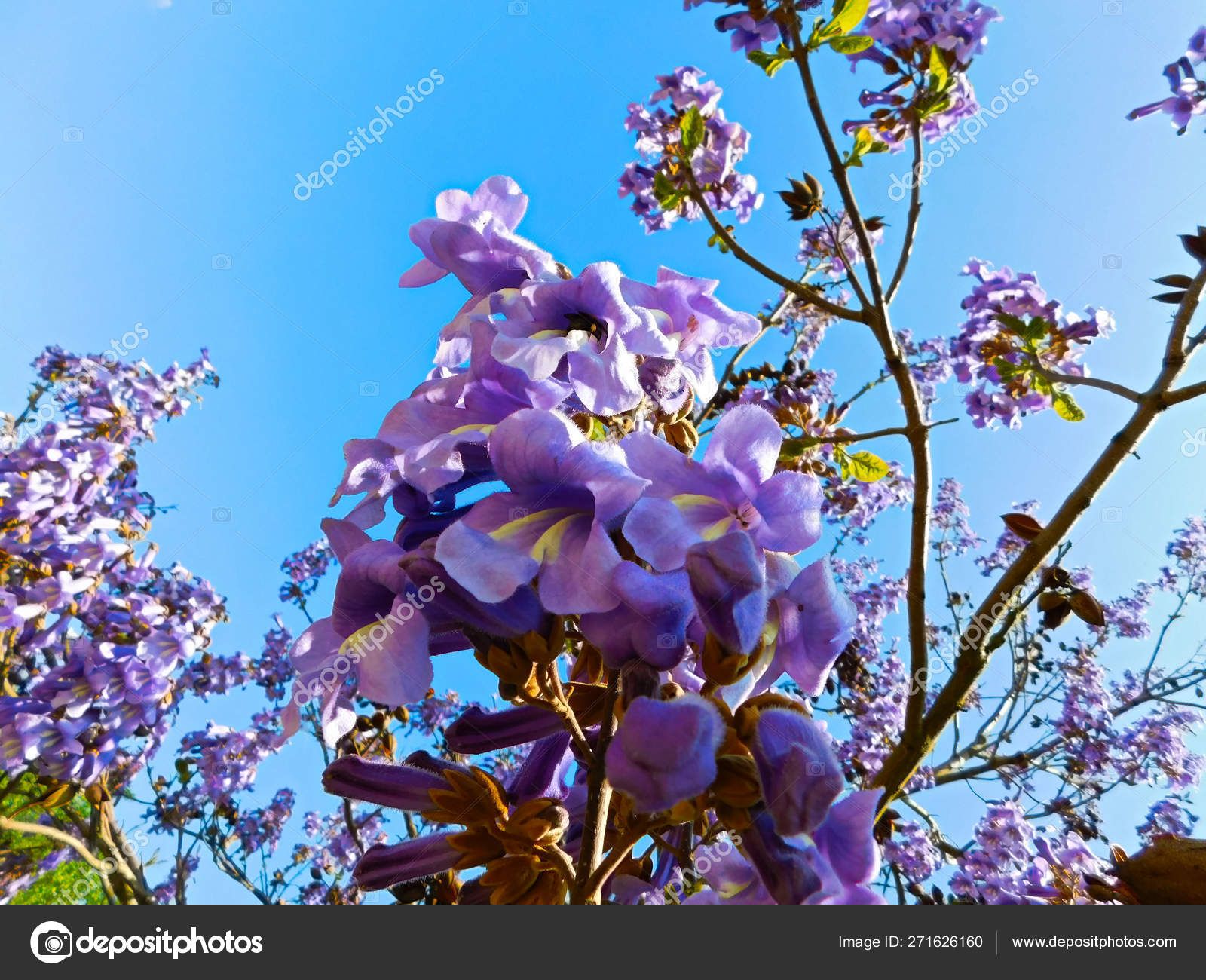
Bluebell Tree Paulownia Tomentosa ⬇ Stock Photo, Image by © Sandmann59 #271626160
Flowers Of The Bluebell Tree Paulownia Tomentosa Stock Image - Image of garden, nahaufnahme: 146202435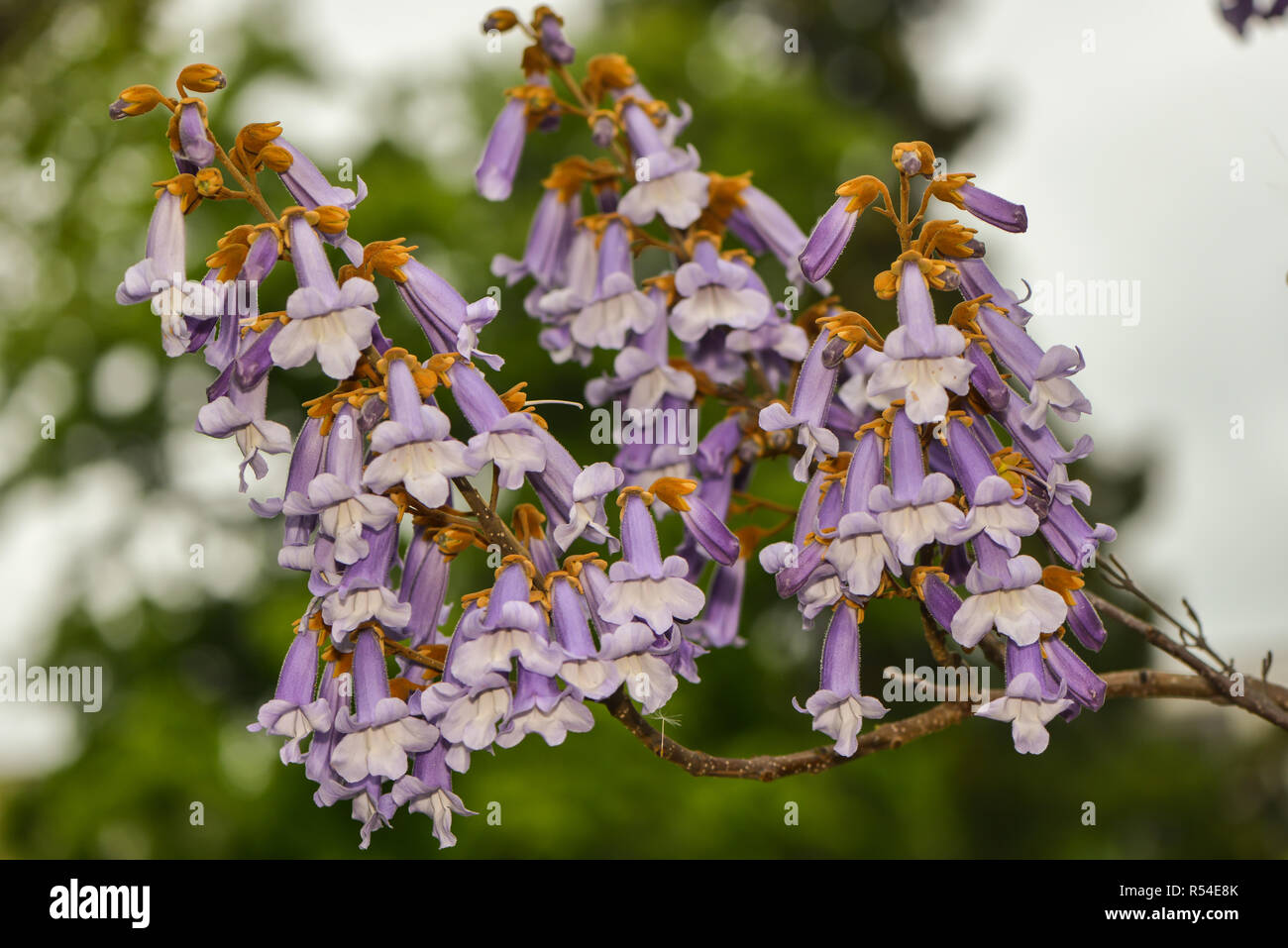
blossoms of the bluebell tree Stock Photo - Alamy
Herbal SEA Underground: Desmodium Unifoliatum (Linh Sam)
Blue Bell Tree Fruit Sky - Free photo on Pixabay
The World´s Tree Species: Empress Tree - Paulownia tomentosa
Bluebell tree - Album on Imgur
Flowers Of The Bluebell Tree Paulownia Tomentosa Stock Photo - Download Image Now - iStock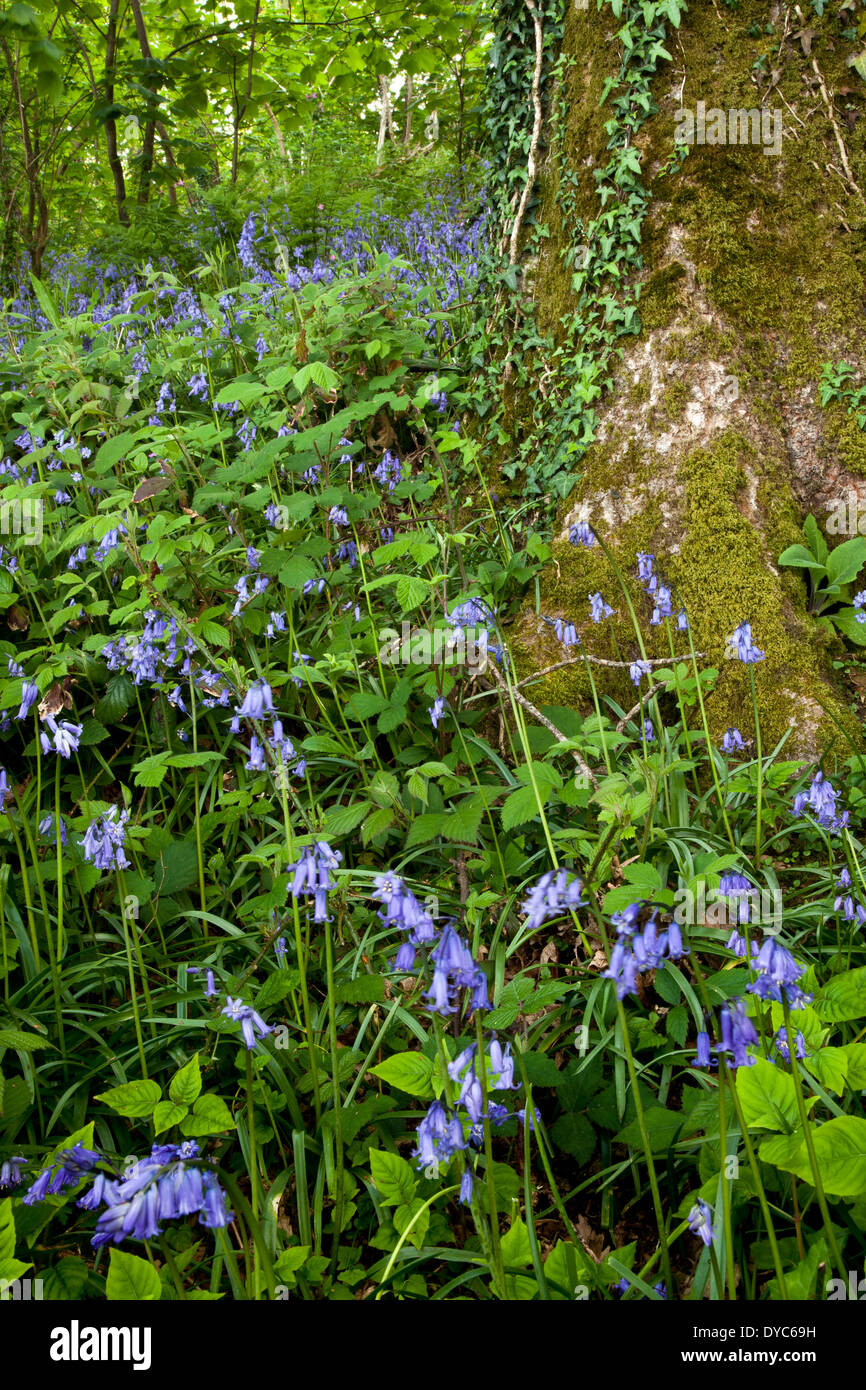
Bluebell tree Stock Photo - Alamy
35+ Ideas For Blue Bell Bonsai Tree | Pink Wool
The Vietnamese #bluebell... - Bonsai Landscaping Hub 盆栽园景绿化分享| Facebook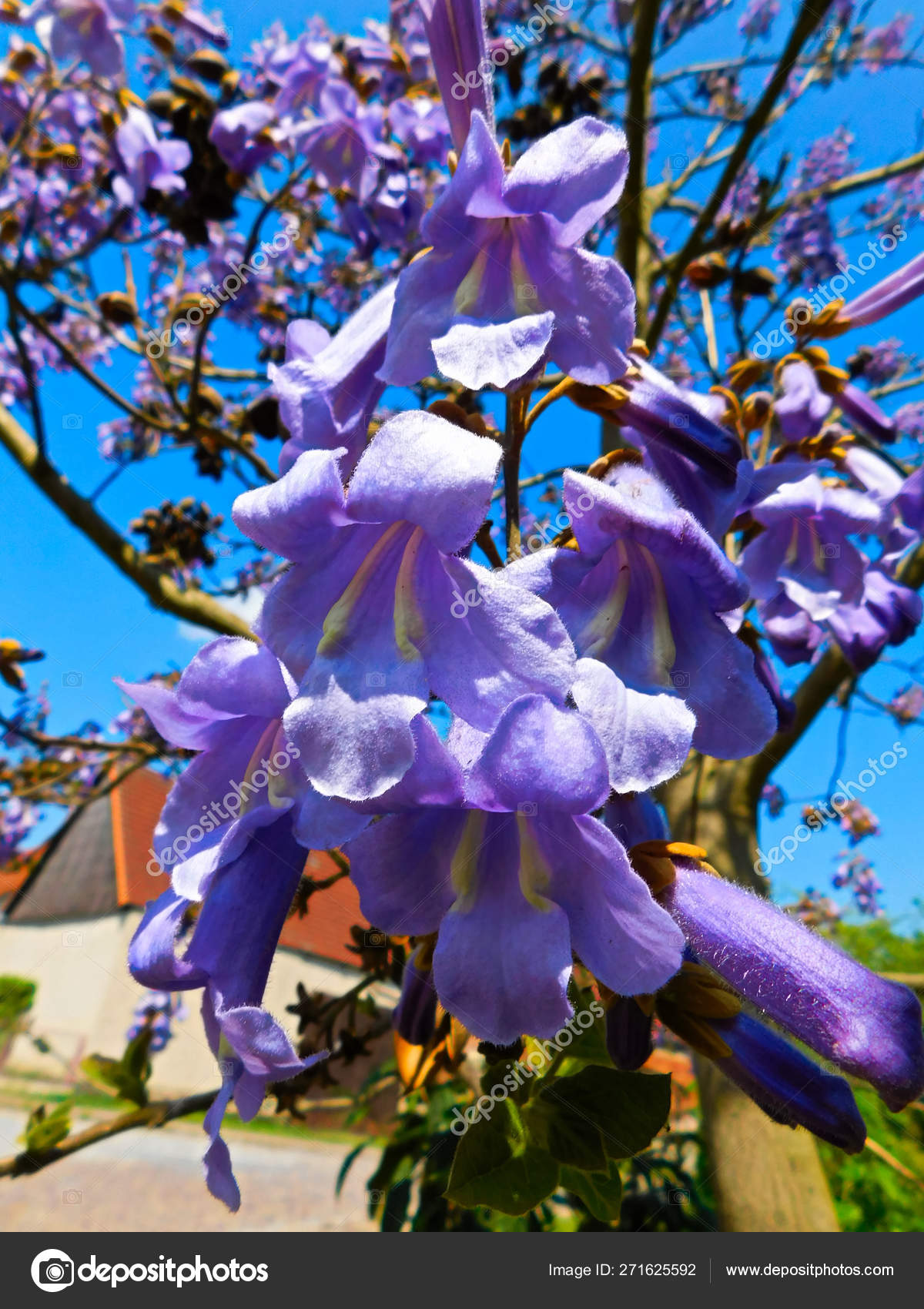
Bluebell Tree Paulownia Tomentosa ⬇ Stock Photo, Image by © Sandmann59 #271625592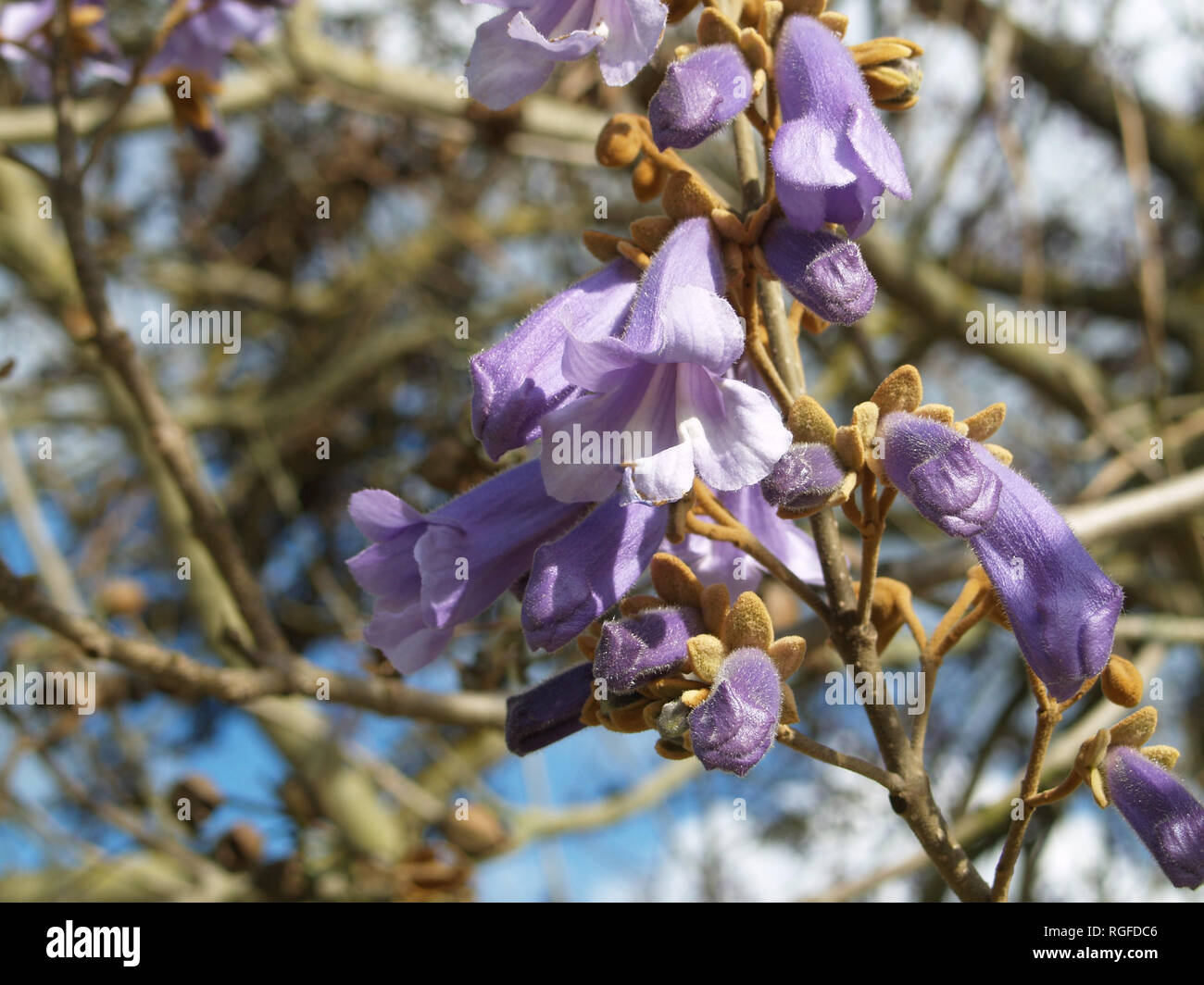
Chinese Bluebell Tree High Resolution Stock Photography and Images - Alamy
Bluebell wood - Wikipedia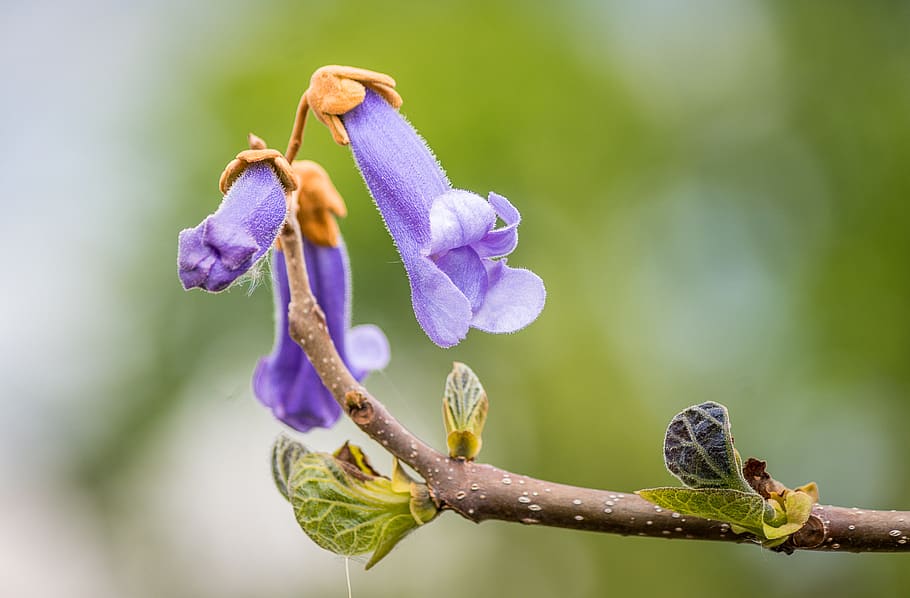
blossom, bloom, violet, kiriblüte, blue bell tree, nature, tree, kaiser tree, emperor-paulownie, inflorescence | Pxfuel
Desmodium Sp. (Bluebell) need styling Suggestion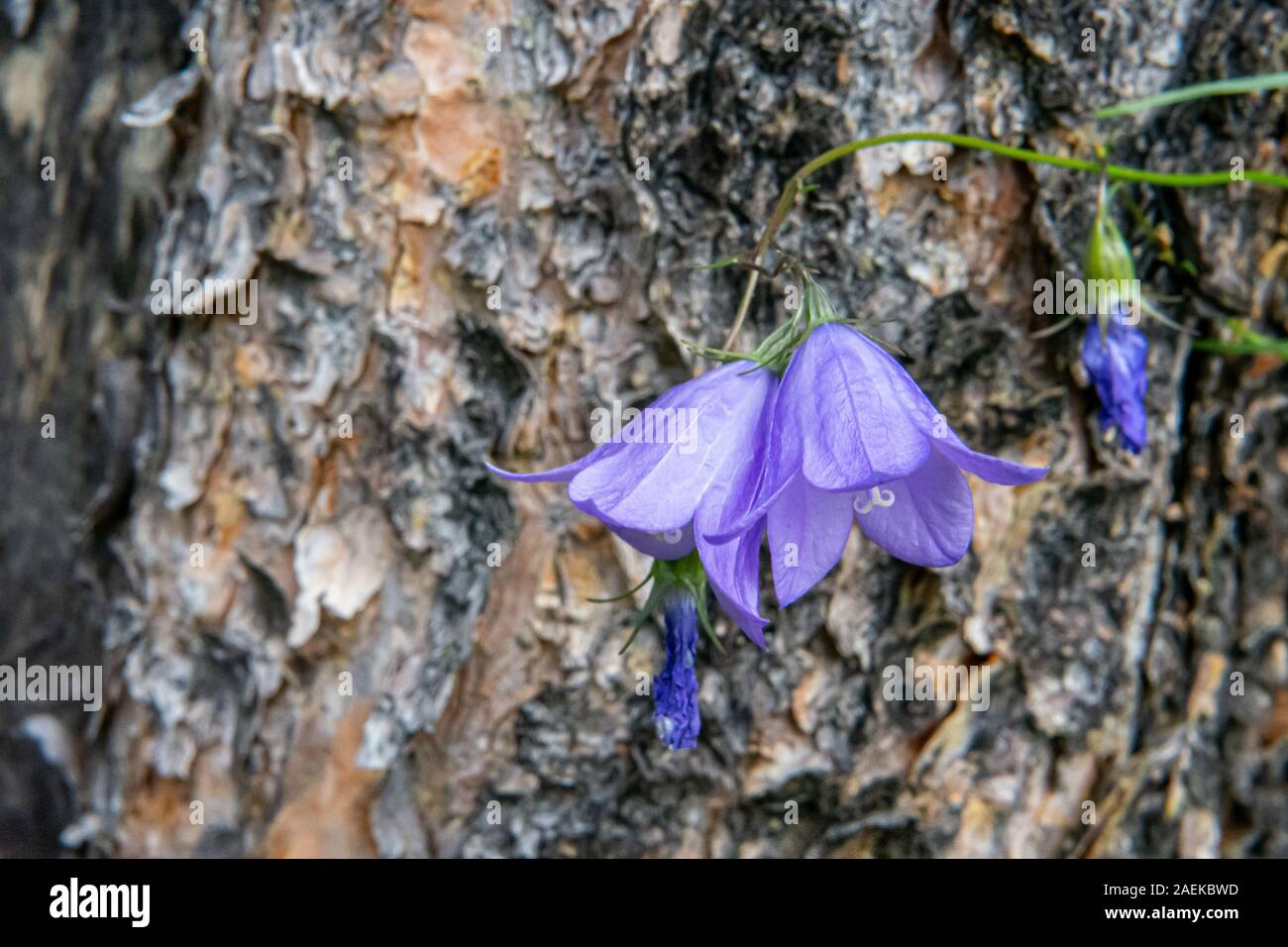
Blue Bell Flower Tree High Resolution Stock Photography and Images - Alamy
Blue Bell Farm Dinner | Summer | by Love Tree Studios
236 Tulip Tree Ct, Blue Bell, PA 19422 - realtor.com®![bonsaimente on Twitter:]()
bonsaimente on Twitter: "Tree: Bluebell (2010-2018). Owner- Artist: Amay Fabro. Apprentice: Nino Jose Victorio. You can visit us on https://t.co/1G4S59UsIm #Bonsai #盆栽 #Penjing #บอนไซ #분재 #бонсай #盆景 #Penjing #Bonsaï #HagamosBonsai #Bluebell ...
Blue Bell Tree Service | Willow Tree & Landscape Services
Blue Bell Bonsai for sale, Furniture & Home Living, Gardening, Plants & Seeds on Carousell
286 Tulip Tree Ct, Blue Bell, PA 19422 - Home for Rent - realtor.com®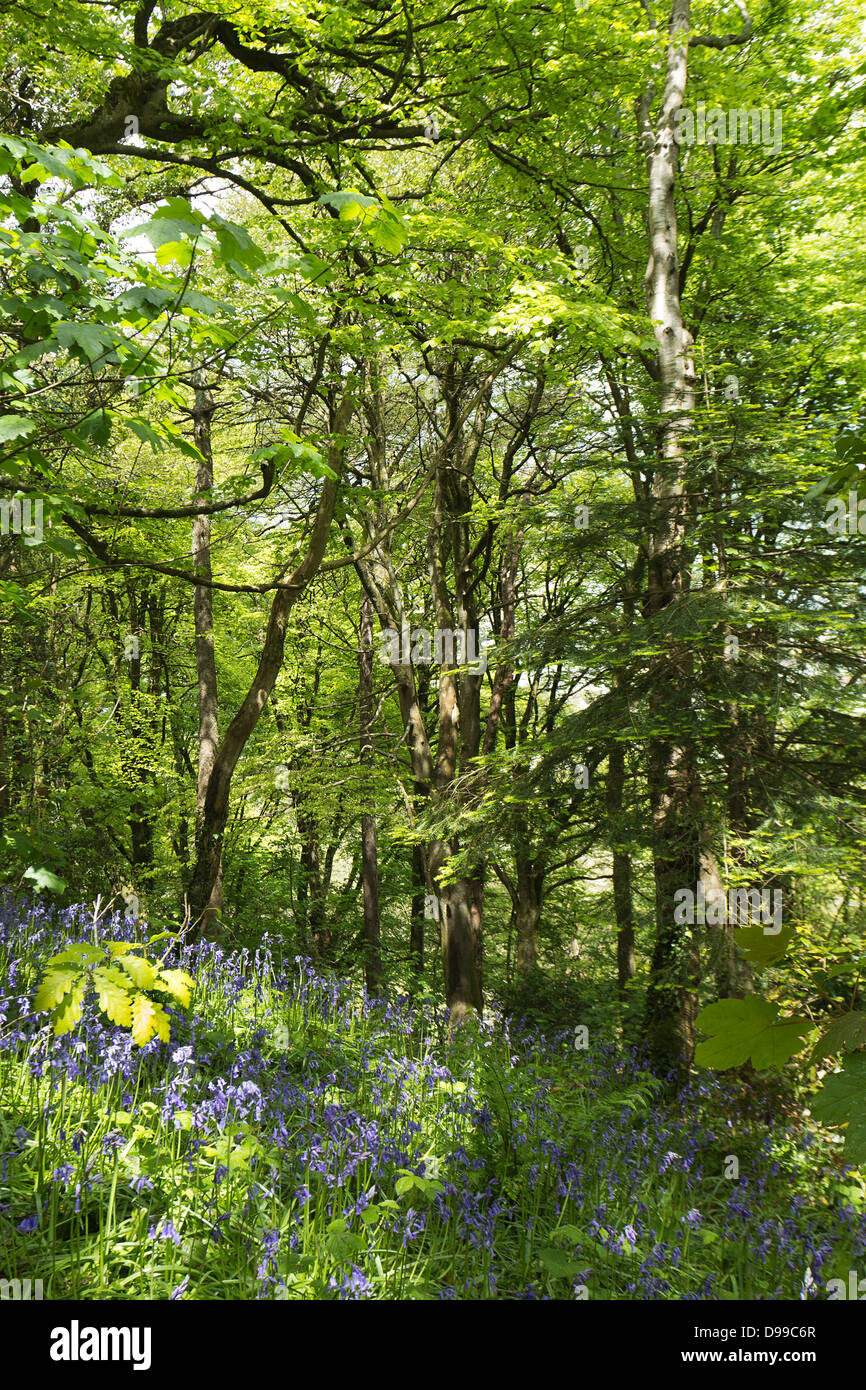
Blue Bell Tree High Resolution Stock Photography and Images - Alamy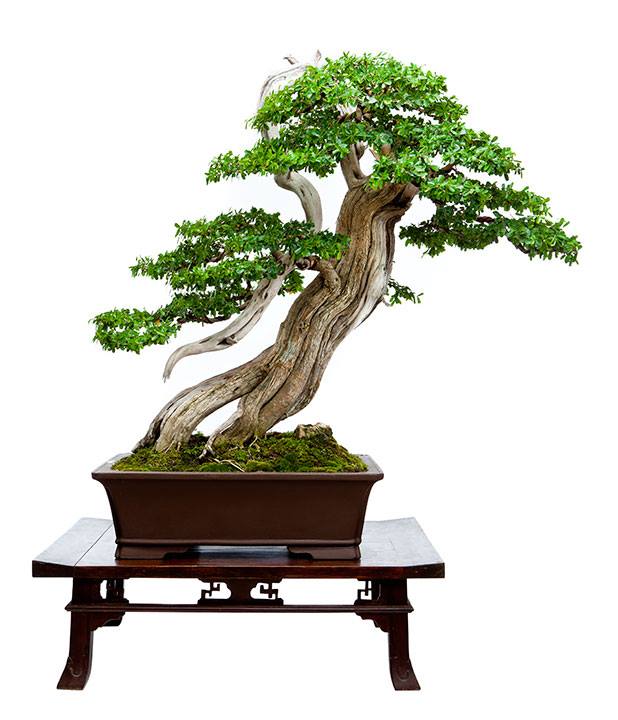
Philippine Bonsai Show 2016 – homegardeningph
What Is Bluebell Creeper - Australian Bluebell Care And Information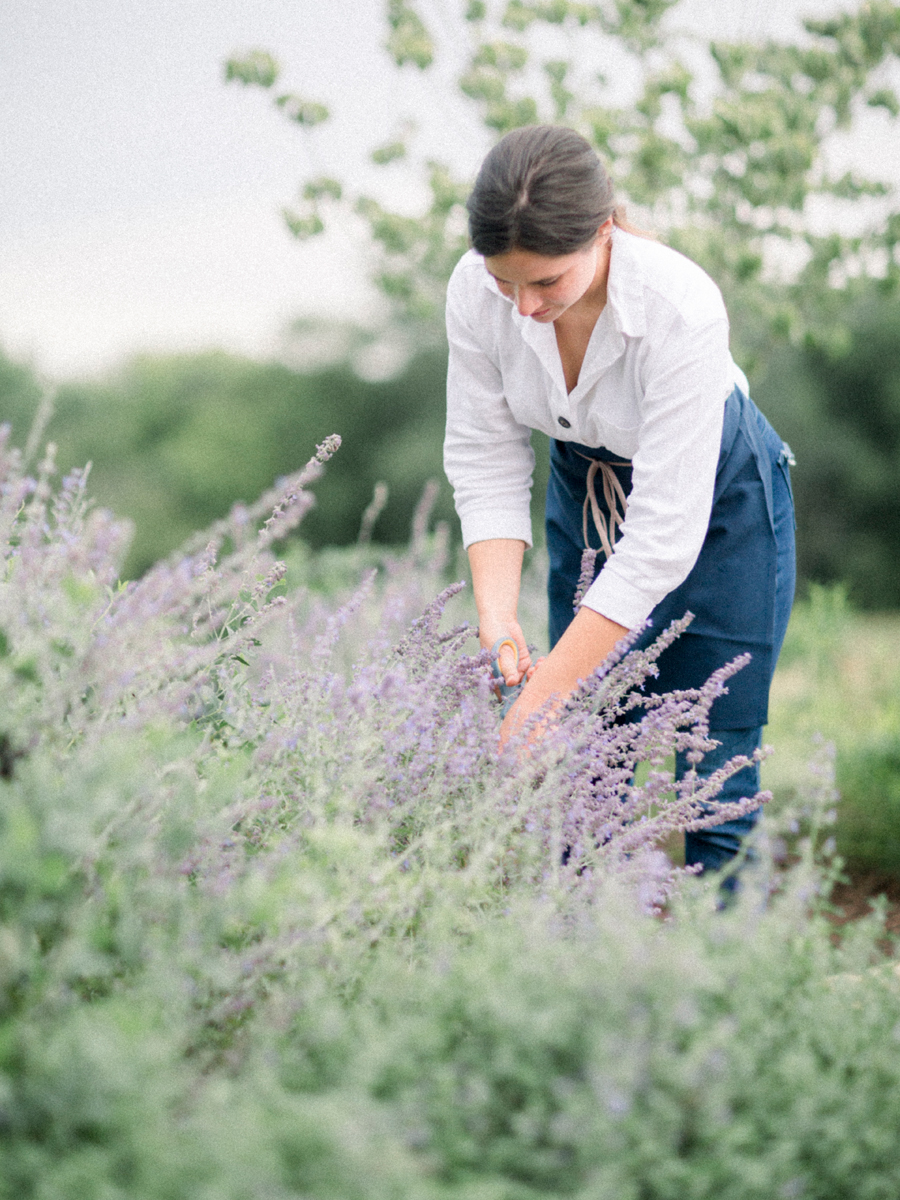
Blue Bell Farm Dinner | Summer | by Love Tree Studios
An Intimate Wedding in the Fall | Editorial at Blue Bell Farm in Fayette, Missouri — Plan it Terra | Wedding Planning & Design | Serving Columbia & Jefferson City, Missouri & Beyond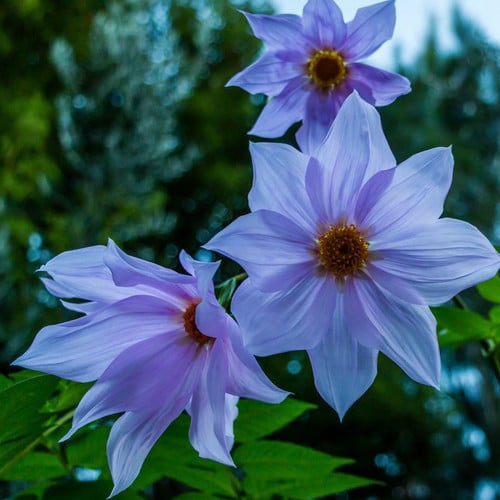
DAHLIA IMPERIALIS 'CAERULEA' SEEDS (Bluebell tree dahlia, Lehmann dahlia, Bamboo dahlia) - Plant World Seeds
Inspiration for the Space Around You | Hunker | Jacaranda tree, Shade trees, Tree seedlings
 Garden Corner - The Vietnamese Blue Bell Tree (Desmodium... | Facebook
Garden Corner - The Vietnamese Blue Bell Tree (Desmodium... | Facebook




































Post a Comment for "blue bell tree"